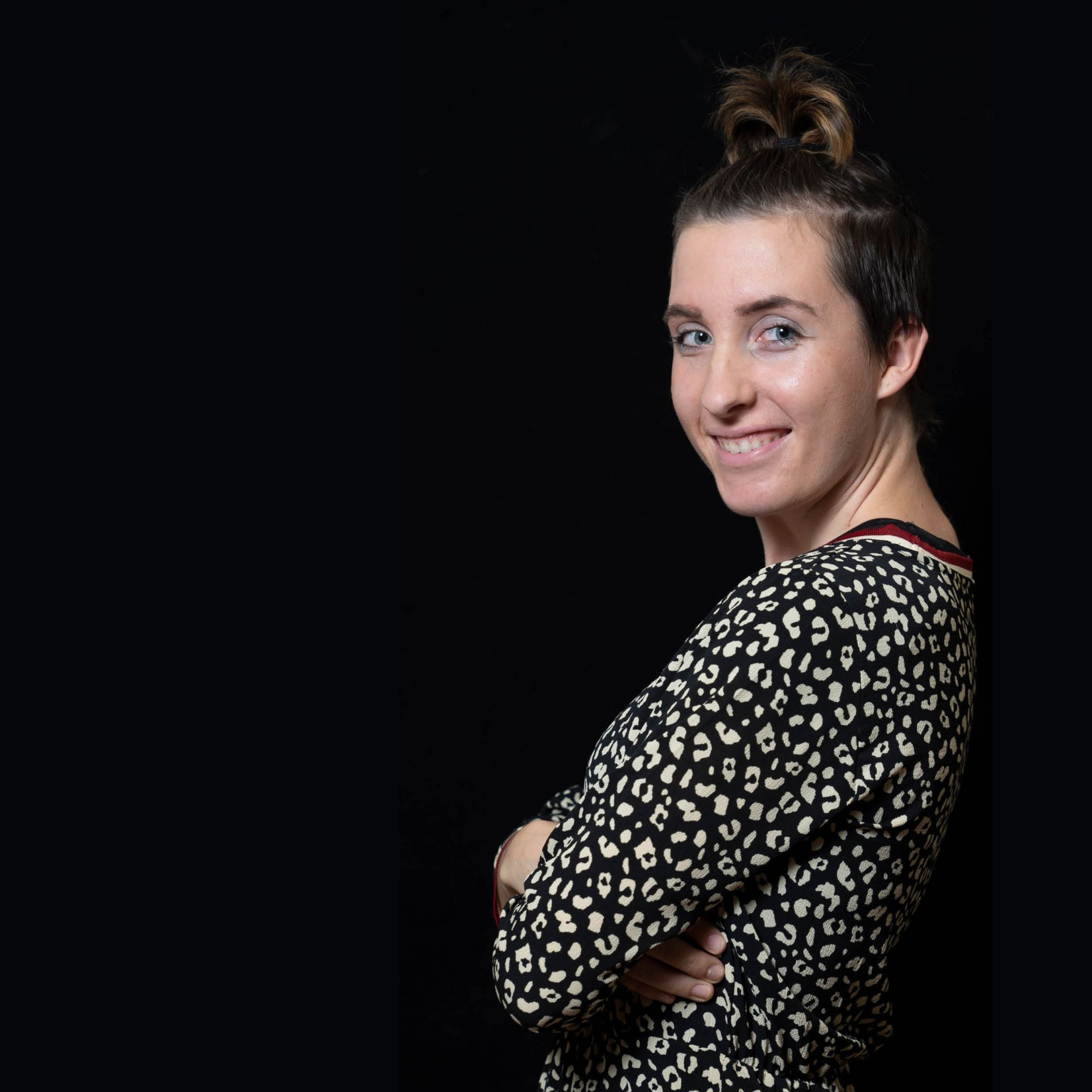2007
-
Anxiety: Testing the tripartite model in young adolescents: Is hyperarousal specific for anxiety and not depression?
To clarify the distinction between anxiety and depression, the tripartite model was introduced. According to this model, physiological hyperarousal (PH, i.e. autonomic hyperactivity) is specific for anxiety and not depression. Research on the relation between anxiety, depression and physiological measures representing arousal is lacking. To study this topic, parent- and self-reported anxiety and depressive problems were assessed using the CBCL and RCADS. Heart rate (HR), heart rate variability in the low frequency (HRV LF) and respiratory sinus arrythmia (RSA) were used as indices for autonomic arousal. Parent-reported anxiety was associated with low RSA in supine posture. This association was also found for self-reported anxiety problems, but only in boys. These findings point towards high arousal in anxiety. Self-reported depressive problems were associated with low HRV LF in standing posture and high RSA in supine posture in boys, pointing towards low arousal in depression. However, self-reported depressive problems were also associated with high HR in standing posture and with low HRV LF in supine posture in girls, suggesting high arousal in depression. Thus, some evidence was found for hyperarousal in anxiety, but also for hyperarousal in depression. Apparently, the idea of hyperarousal in anxiety and not in depression is too simple to reflect the more complex reality.
-
Anxiety: Higher cortisol awakening response in young adolescents with persistent anxiety problems
The aims of the present study were to test the association between current anxiety problems and basal cortisol levels in a large population sample of young preadolescents, and to test if HPA-axis activity differs between individuals with no, only current, or persistent anxiety problems. Cortisol levels of 10- to 12-year olds (n ¼ 1768) from the general population were measured on three time points during the day. A self-report questionnaire (RCADS) was used to assess current anxiety, a parent-report questionnaire (TPBQ) to assess anxiety problems at age 4. Associations between cortisol levels and current anxiety problems were not found. However, individuals with persistent anxiety problems had higher morning cortisol levels and a higher cortisol awakening response. Apparently, only persistent, and not current, anxiety problems are associated with higher HPA-axis activity. Alterations in HPA-axis activity might underlie persistent anxiety problems, or result from the stress accompanied by persistent anxiety problems.
-
Anxiety: Homotypic versus heterotypic continuity of anxiety symptoms in young adolescents: Evidence for distinctions between DSM-IV subtypes
Objective. To investigate homotypic and heterotypic longitudinal patterns of symptoms of separation anxiety disorder (SAD), generalized anxiety disorder (GAD), social phobia (SoPh), panic disorder (PD), and obsessive compulsive disorder (OCD) in young adolescents from the Dutch general population. Method. 2,067 individuals (51.4% girls) from a Dutch community sample, who were assessed for the first time when they were aged 10 to 12 years, were followed up across a period of two years. At both assessments, anxiety symptoms were assessed with the RCADS, a self-report questionnaire. Results. Regression analyses indicated that homotypic continuity was relatively high for SAD, GAD, and SoPh symptoms, and for PD in girls. Conclusions. In many studies, anxiety disorders are treated as one group of disorders, and some widely used assessment instruments, such as the Child Behavior Checklist, do not even contain scales that tap different anxiety dimensions. In the present study, evidence for homotypic continuity was found, especially for symptoms of separation, social, and generalized anxiety, and for symptoms of panic disorder in girls, underscoring the usefulness of making distinctions between different anxiety constructs.

